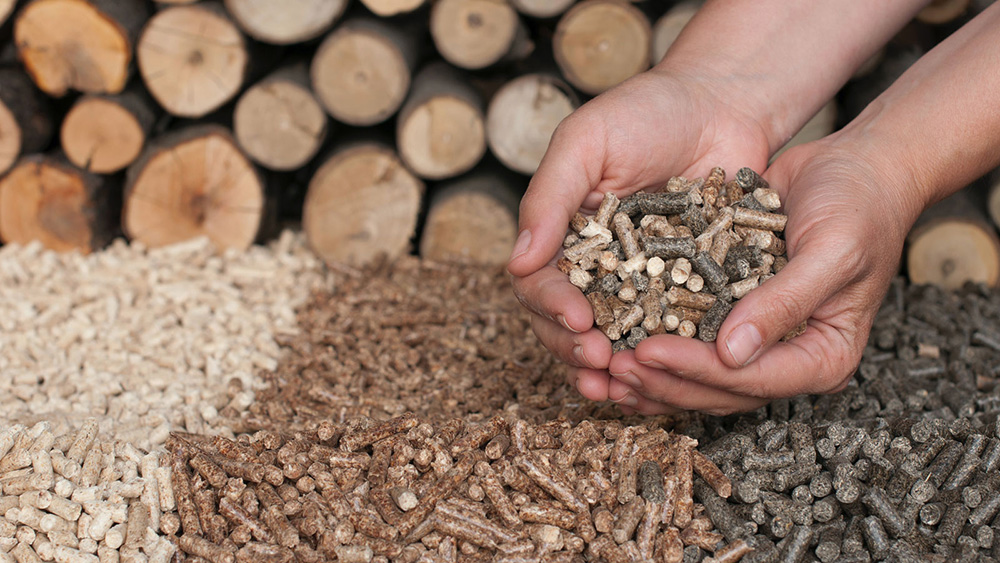Depending on the type of meat being smoked, different pellets should be used and different temperatures should be used during the cooking process. Before we get into our broad recommendations for each meat type we should take a look at how the wood pellet is made.
Dry sawdust and wood shavings are the primary raw materials for making wood pellets, which are then compressed into tiny, dense pellets using a high amount of pressure. To assure uniformity and quality in the final product, wood pellets are often dried to a certain moisture content before being compressed.
Wood pellets are often packaged and sent shortly after production to prevent moisture absorption during transit. Some producers let their wood pellets sit out for a while to dry out or the season before packaging and shipping them, but this is not the norm.
It’s worth mentioning that wood pellets’ performance in a smoker or grill depends heavily on their moisture content. If wood pellets are too wet, they won’t burn evenly and will produce too much smoke; if they’re too dry, they won’t produce enough smoke and may burn too quickly. To guarantee that wood pellets perform well in a smoker or grill, many companies strictly regulate the amount of moisture they contain during production.
Beef: Choose a wood pellet that has a strong smoke taste if you’re going to smoke beef. For brisket, go for hickory or mesquite, but use oak or cherry for leaner steaks like ribeye or sirloin. How rare or well done you like your meat to be will determine the cooking temperature. Traditional brisket smoking times range from 12 to 16 hours at a low temperature of 225 degrees Fahrenheit, but other types of meat can be cooked at a little higher temperature of 250 degrees Fahrenheit for a shorter duration (4-6 hours).
The flavor of pork can be altered by using different types of wood pellets. Pulled pork is often smoked with apple or cherry wood, while ribs might be smoked with hickory or mesquite. Cooking temperatures for pork, like those for beef, vary with the type of pig and the chef. When smoking pulled pork, a low temperature (about 225°F) and a lengthy time (approximately 8-10 hours) is preferred, whereas ribs can be cooked at a slightly higher temperature (around 250°F) and for a shorter time (3-4 hours).
When smoking chicken, choose a wood pellet that will add a subtle sweetness without overpowering the meat. Chicken tastes well with a variety of fruit and nut sauces, including pecan, maple, apple, cherry, and cherry. Cooking temperatures vary from a whole chicken to chicken breasts to individual preference. Chicken breasts can be cooked at a slightly higher temperature (about 250°F) for 1-2 hours, but whole chickens require a longer cooking time due to their larger size.
Fish: A wood pellet with a moderate, somewhat sweet flavor is ideal for smoking fish. Fish do well with alder, maple, and fruitwoods like apple and cherry. Cooking temperatures should be adjusted based on the fish’s kind and individual taste. In most cases, fish is smoked for only a few hours at a low temperature (about 180 degrees Fahrenheit) (1-2 hours).
These are simply suggestions, though, and the only foolproof method to learn what temperature and wood pellet works best for what kind of meat is to cook it.
If you like this article you might like this article too “The Ultimate Guide to Beer & BBQ Sauce“

